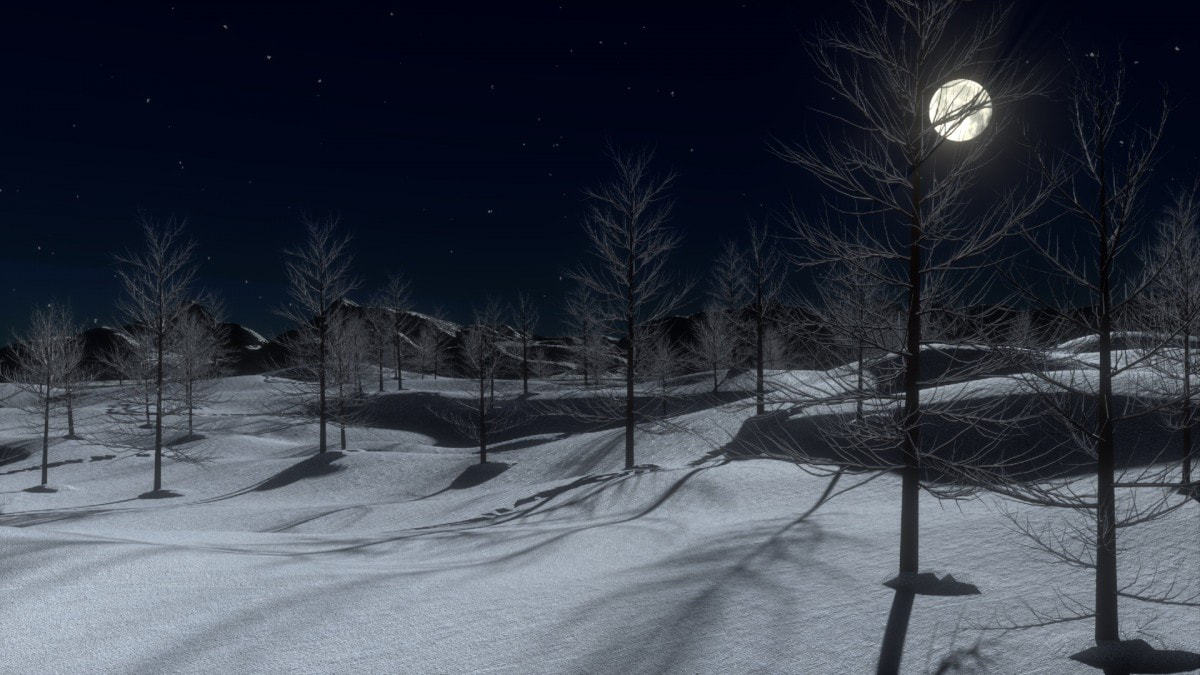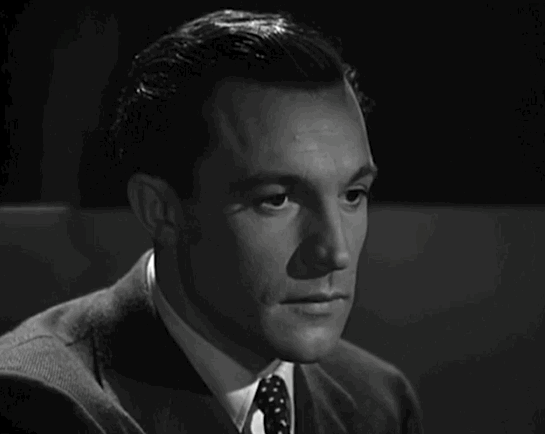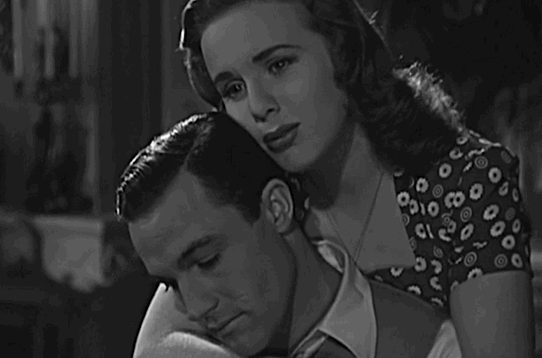5 Reasons to Make Christmas Holiday (1944) Part of Your Christmas Holiday
BY MEGAN GILES
This post is part of the series 5 Reasons You Should Watch..., which encourages fans to explore Gene Kelly's lesser-known movies and TV appearances.
This post is part of the series 5 Reasons You Should Watch..., which encourages fans to explore Gene Kelly's lesser-known movies and TV appearances.


